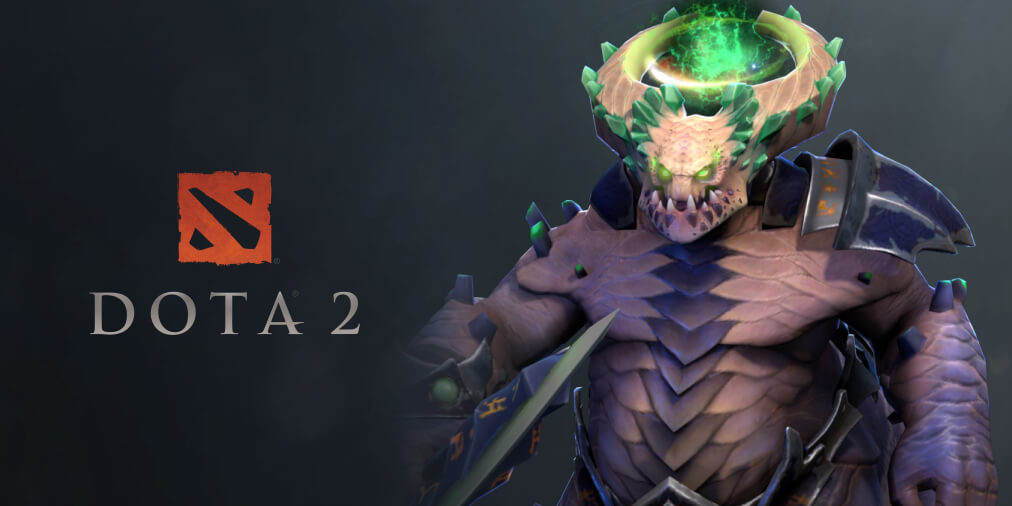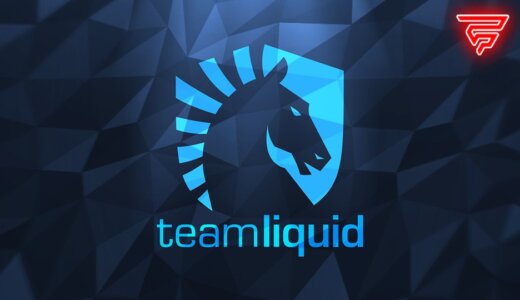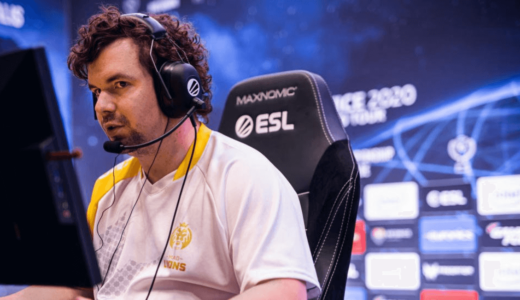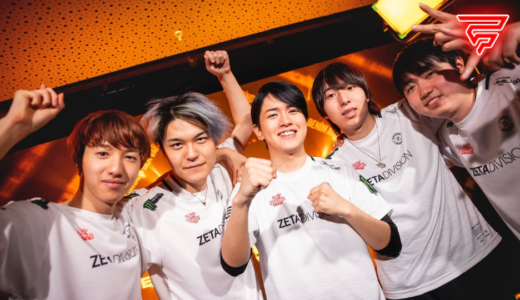The International 10 has a prize pool that dwarfs any other esports event of 2021. In fact, it is the largest prize pool in the history of Dota 2. The amount is staggering: $40 million. But the way in which it’s shared among the 18 participants is a bit questionable. And that’s because it makes aspiring pro players and esports organizations look at the game and ask: why even bother? Here’s what I mean.
The Underdogs Get Unnecessarily Punished
Given that the TI10 prize pool is $40 million, you would expect Valve to treat everyone with a certain level of generosity. After all, getting to this tournament was hard work and since the community has been so generous, why not allow everyone to get a decent piece of the action?
Instead, what does Valve do? It gives the 17th – 18th place participants just $100,000. That’s 0.25% of the prize. So there are only 18 teams and 2 of them will receive just 1/400 of the total amount. Put yourself in the players’ shoes. You’ve worked all year, you’re one of the best 18 teams in the world, but after taxes, org fees, and everything else, you’ll probably receive around $7,000 – 10,000 per individual at an event that has the highest prize pool in the history of your favorite game and perhaps the entire esports history.
No doubt, this amplifies the tension of each match. But is it worth it? Isn’t there a downside as well? This business model is neither inviting nor sustainable. It creates an environment in which the same small group of people wins almost all of the money every year. I think it’s no surprise that we don’t really see a lot of new players as the years go by. For the esports industry, the Dota 2 professional scene is incredibly old. And there’s very little incentive for young people to even try to become professional players.
Add to this the fact that League of Legends has more than 100 million players and a vibrant pro scene based on a completely different business model. One that gives everyone a decent share of the pie, simply for being part of the show.
The 13th – 16th place teams will receive $600,000 each. So between these competitors, which are placed only a bit higher, and the ones I mentioned previously, there’s a difference of $500,000.
The Winner Gets a Ridiculous Amount
Imagine playing in the Grand Final of an esports tournament whose prize pool is $40 million and being told that the difference between 1st and 2nd place is $13 million, while the difference between the 2nd and 3rd place is just $1.6 million. This kind of system gives everyone the feeling that in Dota 2, the only team that matters is the winner.
Everything that happens during the Main Event before the Grand Final seems pointless. The differences between the various types of results (13th – 16th and 9th – 12th, 9th – 12th and 7th – 8th, etc.) is almost insignificant. For instance, the 7th – 8th place teams get $1 million each, while the 13th – 16th place teams get $600,000 each.
No doubt, Valve’s way of doing things creates a hyped Grand Final and some nerve-wracking Group Stage matches for the teams that try to avoid elimination. But other than that, the entire model is abysmal. In the long run, it will almost certainly hurt the professional scene by making it difficult and unappealing for new people and new organizations to enter it.
Photo credit: Valve






